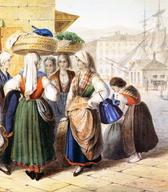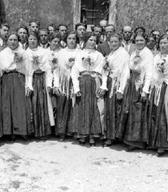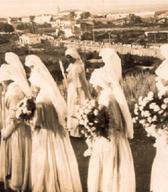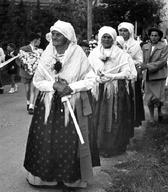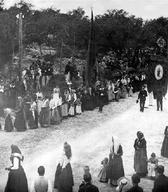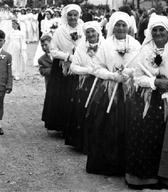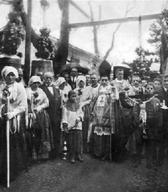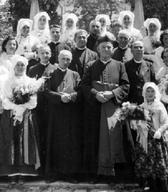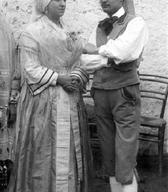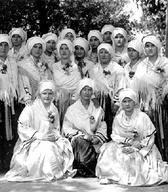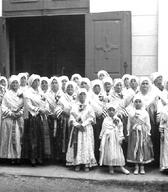They Had a Queenly Poise
Slovene national costumes from the border Trieste region
Guest exhibition by Marta Košuta, amateur researcher of costumes from Contovello near Trieste
Slovene Ethnographic Museum, 6 February 2013 – March 2013
They Had a Queenly Poise is the first exhibition that is dedicated to the series of 90th anniversary celebrations of the Museum, to be held in 2013. The exhibition tries to give a picture of traditional Slovene costumes as identity symbols in Trieste region in Italy. It represents a variety of more than 20 of costumes, that were mostly worn by women.


